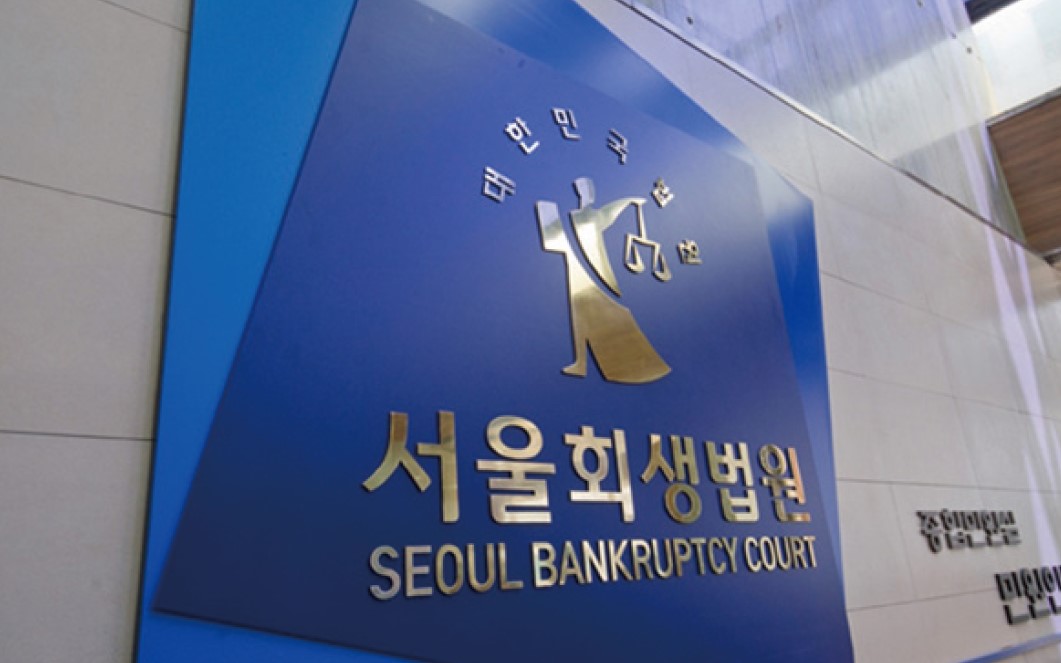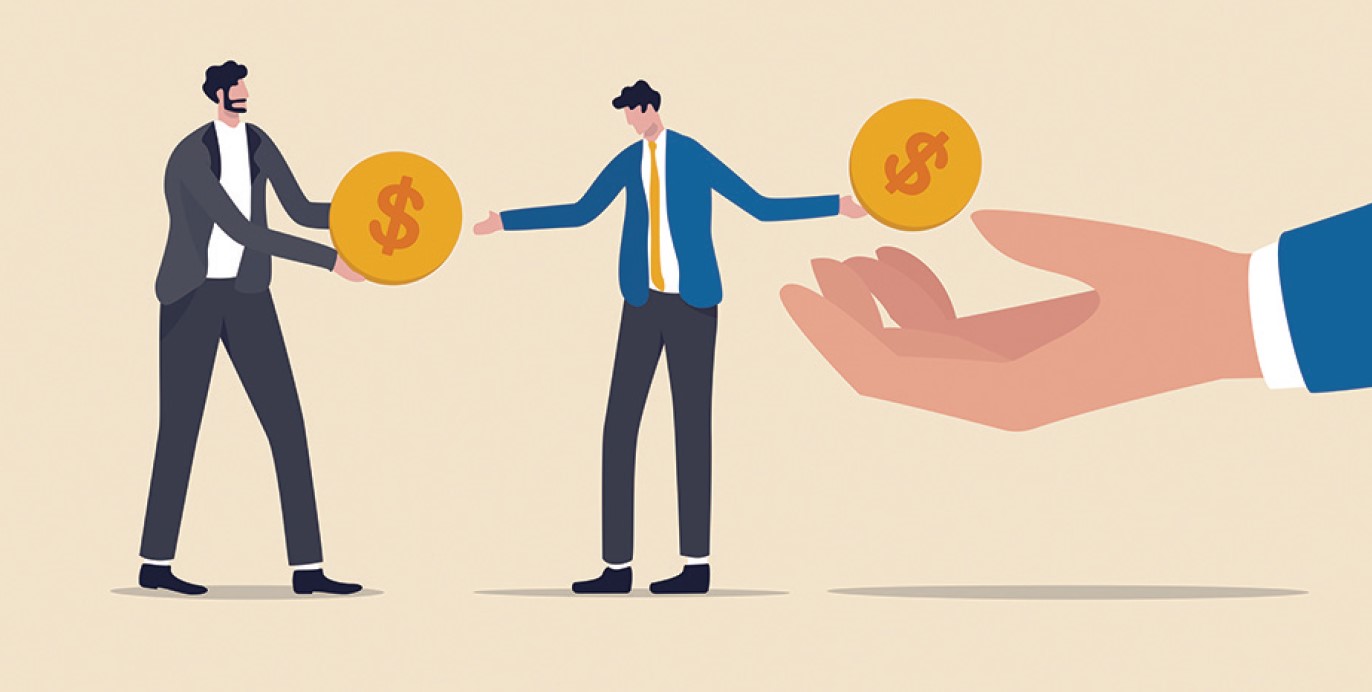
On July 1st, the Seoul Bankruptcy Court (SLBC) began to apply a new rule: to prepare a support plan for debtors who have failed to invest in stocks or cryptocurrency. However, there have been opinions that by applying this rule, the SLBC will be helping those who went into debt in order to invest. Therefore, the Sungkyun Times (SKT) will examine the definition of personal rehabilitation and the discussion surrounding the SLBC regulation.
What is Personal Rehabilitation?
Meaning of Personal Rehabilitation
“Personal rehabilitation” is a system in which an individual’s debt is reduced or eliminated if the court decides that the debtor might face bankruptcy. To register for personal rehabilitation, the debtor should meet the following qualifications. First, the amount of debt must be larger than the individual’s total property. Furthermore, the debtor should be an employee who receives a regular salary or should be selfemployed. Lastly, the debtor should be on the verge of being unable to repay their debts. After the qualified debtor submits the required documents, including a repayment plan and a list of their properties, the repayment plan is approved. Then, the debtor should repay the debt within three years unless there are special reasons. After the debtor repays the fixed amount of debt, the debt apart from the repayment plan is exempted. On the other hand, there is also a system called the “personal bankruptcy system,” but this system divides the debtor’s property equally among the creditors. In principle, the debtor must pay back a larger amount through personal rehabilitation than through the personal bankruptcy system. In other words, those who apply for personal rehabilitation must repay a larger amount than their property: thus, the “rule of assuring liquidating value.” For example, if an individual’s debt is 800 million won, and his property’s value is 200 million won, the debtor must repay at the least 200 million won.
New Rule by the SLBC
Starting from July 1st, the SLBC passed a new rule indicating that investment losses in stocks or cryptocurrency are not included in the liquidation value when fixing the amount of debt for personal rehabilitation. For instance, if a debtor lent 1 billion won and invested it all in cryptocurrency but lost 800 million due to a decrease in value, the court settles tender to be only 200 million won. Recently, individuals, especially those in their 20s and 30s, who have failed to invest in stocks or cryptocurrency have increased. Hence, the SLBC legislated the new rule to lessen the trend of rising debt. In fact, this year, the market capitalization of the top five virtual asset exchanges became 22 trillion won. This is nearly 31 trillion won less compared to last year. Such data shows that many investors have suffered from losses. Experts claim that the 2030 generation tends to invest their entire property. Furthermore, as they frequently access social media, they quickly feel relative deprivation. Accordingly, the SLBC expects the new rule to help those in the 2030 generation suffering from investment failure in stocks and cryptocurrency to restore their economic activities.

Support for Social Return versus Excessive Incentive to Investment?
Providing a Chance to Return
1. Focusing on Personal Rehabilitation
Personal rehabilitation aims to guarantee economic revival by protecting the debtor’s fundamental property and the creditor’s rights. The rule protects the debtor’s rights by aiding the debtor to repay a measure of debt based on one’s salary or personal business, rather than bankruptcy, which confiscates the debtor’s property. Furthermore, the court also holds creditors as “investment losers” who failed to invest, as they lent money to debtors with no ability to repay. Rather than undergoing bankruptcy, in which debtors repay a lesser amount, personal rehabilitation benefits both the debtors and creditors, as debtors must repay the creditors steadily through their stable gains. Thus, for debtors to apply for personal rehabilitation, the rule of assuring liquidating value is vital. In the traditional rule, which includes losses from investment in the liquidating value, debtors must repay an even higher amount of debt even though they have already lost money. If the court determines that the debtor’s property is larger than the investment losses, the debtor cannot apply for personal rehabilitation and must choose bankruptcy – therefore, the creditor also receives a smaller amount of repayment. However, the new rule allows the court to determine the liquidating value while considering the debtor’s property. Thus, debtors who could not apply for personal rehabilitation due to a high amount of loss are now eligible to apply. By expanding cases of personal rehabilitation, the rights of both debtors and creditors will be guaranteed.

2. Securing Equity with Other Types of Assets
The new rule helps stock and cryptocurrency procure the same position as other assets, such as real estate. Before the new rule was implemented, the reason for including losses on investing in stocks or cryptocurrency in the tender was to reduce the debtor’s moral hazard and consider the volatility of the assets. However, in the case of real estate plans, the court settles the tender when approving the repayment plan, regardless of whether the asset may have decreased compared to the purchased price. According to Yonhap News, a high court judge who worked in the bankruptcy department of the district court explained that “the tender should be settled based on the price of the asset at the point of procuring the plan.” Also, although the rule may seem “new” as it was recently applied, this is only because cryptocurrency is a comparatively modern type of asset, not because the rule itself is new. According to the traditional rule, the investment principal of stock or cryptocurrency was included in the bond disallowed for exemption, but it is hard to find a reliable precedent case that actually regards stocks and cryptocurrency. Furthermore, there is a claim that the nation already admits exchanges through verified bank accounts, and that stock and cryptocurrency are new types of assets. Thus, the previous rule of exempting loss from the tender should also be applied to stocks and cryptocurrency, as they are simply
comparatively new types of assets.
Who Encouraged Debt-Making?
1. Inciting Investment in Debt
Not including investment losses in the tender lowers the minimum amount of debt that debtors have to repay through the system. Due to this, some might abuse personal rehabilitation to receive indemnification from excessive debt acquired from investment. If so banks, the creditors for personal rehabilitation, will suffer from losses. Accordingly, an employee of a commercial bank criticized that the new rule is unreasonable in an interview with Korea Economic Daily. Furthermore, investment in stocks or cryptocurrency is, strictly put, one’s personal choice. Thus, it is different from other reasons for rehabilitation, including business failures or struggles against a disease. Therefore, some criticize that it is irrational for the entire society to burden an individual’s loss gained from personal choice. Moreover, recently, the government enacted the Youth Special Debt Adjustment to commute interest formed by investment failure. However, many criticized that both the government and SLBC are paying off the personal debts of young people. Hence, the new rule of SLBC and the government’s program may lead to moral hazard issues. At the same time, the court is criticized for ostracizing those suffering from external hardships and focusing on those who invested solely for personal gain.
2. Loss Caused by Fluctuations in Value
Stocks and cryptocurrencies have more significant value volatility compared to other types of assets. If the value fluctuates after the permission of a repayment plan and settlement of the tender, both the creditor and debtor may experience loss. On July 5th, the SLBC official stated that the court would not raise the tender even though the value of the debtor’s assets increased after settling the liquidating value in an interview with Kukmin Ilbo. Even if the debtor may increase the value of their assets, the creditors will be paid according to the plan. In an interview with the SKT, a worker in his 50s said, “In common sense, it is fair to repay more if the value of stocks or cryptocurrencies rises,” thus, “it is unreasonable for the debtor to benefit in the process of repayment.” Furthermore, if the value of stock or cryptocurrency decreases after the contract, the debtor’s property will decrease at the moment of repayment compared to the moment of approving the plan. Thus, the debtor could have a lower tender minimum if he postpones the approval timing. These are serious problems, as stock and cryptocurrency have high-value volatility.

Significance and Future of the New Rule
What the New Rule of the SLBC Signifies?
Personal rehabilitation limits the applier’s unsecured debt to under 1.5 billion won, and secured debt to under 1 billion won. Most of all, it is a system for faithful but unlucky debtors. Therefore, the new rule guarantees personal rehabilitation for honest debtors who can repay the tender steadily and have no excessive debt. In addition, as integrated payment companies such as Danal and The Boring Company have cryptocurrency as one of their payment methods, it is a natural sequence to reserve the cryptocurrency’s current state. The new rule, which only includes the asset’s current value, can benefit the debtor and creditor to accomplish a virtuous economic cycle. Lawyer Song Won-ho of law firm Solution insisted, “The new rule will allow for a more realistic repayment plan, and debtors will be able to return to society.” Meanwhile, Oh Se-hun, a team leader of Solution, said, “Though the new rule is for investment failures, there should be alternatives against abuse of the rule.”

Efforts for Overcoming the Concerns
There needs to be a balanced interpretation of the rule between the debtor and creditor: personal rehabilitation is for guaranteeing the rights of both stakeholders. Firstly, debtors should not abuse the system and try their best to repay their debt. Creditors must remember that personal rehabilitation benefits them more because they can get repaid a higher amount in the long run through personal rehabilitation rather than bankruptcy. Also, the SLBC should look out for over-interpreting the rule’s operation. Furthermore, penalties against “excessive waste, gambling, and other speculative activities” should be strictly applied to debtors. In addition, as the court enacted the rule, the court should try to resolve the misunderstanding that the nation and banks are repaying investment debt. As the SLBC explained the new rule in the Personal Bankruptcy System Seminar on July 1st and 2nd, the court should reduce resistance against running the new rule. For instance, the Financial Services Commission posted card news on its website and Instagram account on July 19th to resolve misunderstandings related to the Youth Special Debt Adjustment. As such, the SLBC can resolve misapprehension in the same way.
Nowadays, there are many people seeking ways to proliferate their property for various purposes. Therefore, stocks and cryptocurrencies with a comparatively highvalue volatility are becoming dangerous but attractive assets. Any cases of investment failure and economic breakdown will bear an economic recession for society. Personal rehabilitation is the solution to the problem and must settle as a steady system.
